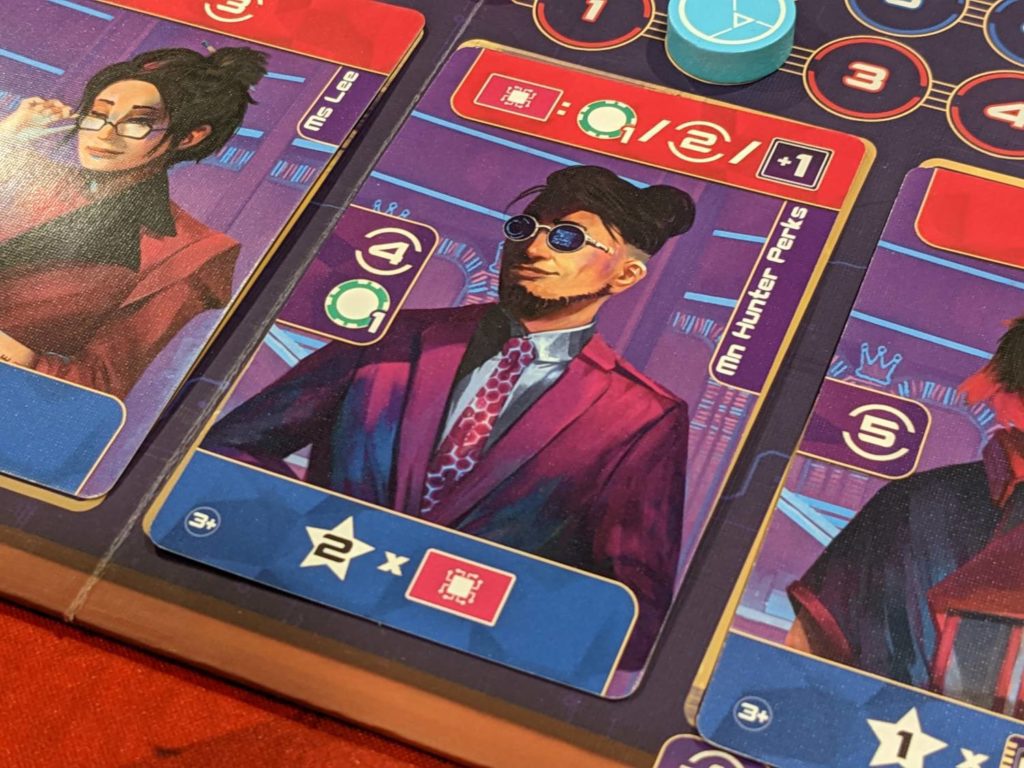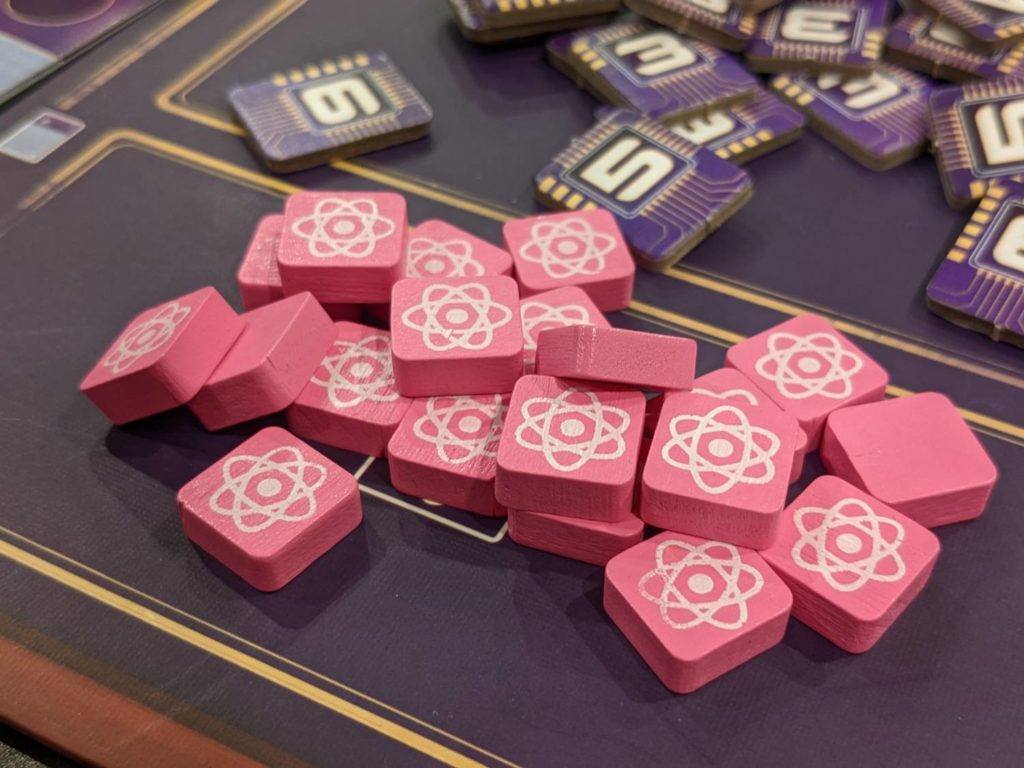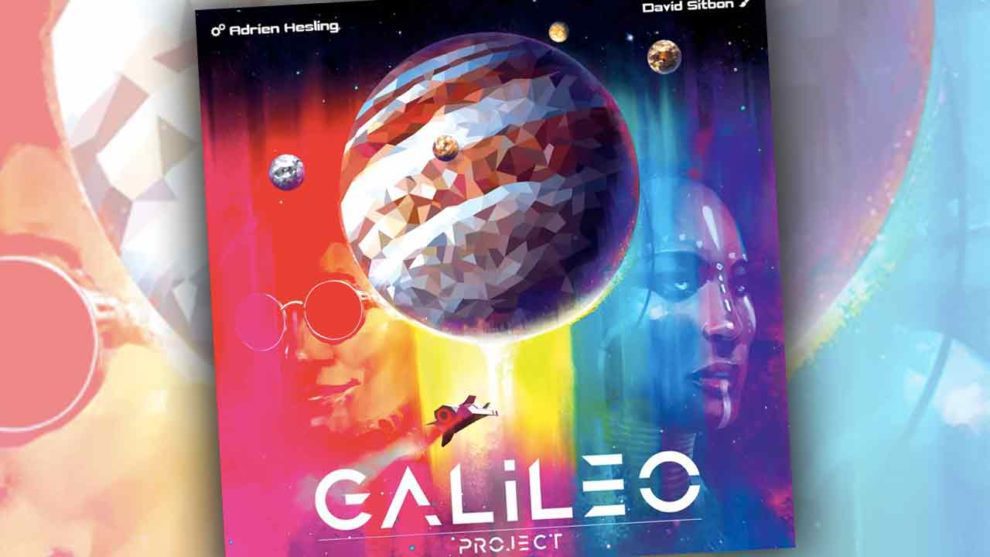Disclosure: Meeple Mountain received a free copy of this product in exchange for an honest, unbiased review. This review is not intended to be an endorsement.
Many of my reviews here at Meeple Mountain mention the fact that tabletop productions seem to always get one thing wrong: the included currency components.
Sometimes it’s paper money. (That can work, but it’s rare.) Often, cardboard money is included, but the cardboard is too flimsy, or maybe the chits are not large enough, or maybe there isn’t enough of the right denomination.
On occasion, you get a game that does cardboard currency right. Almost all of Vital Lacerda’s games knock this out of the park (with the notable exception of the Réis included with Lisboa), with double-thick cardboard money tokens that have a nice heft to them. Even a game like Tenpenny Parks from Thunderworks Games comes to mind; I have no idea why the money bits in that game are so large and so good, but they are, and they make you feel like a boss whenever you spend money.
Galileo Project (2022, Sorry We Are French) was one of the games I picked up at SPIEL ‘22. The colorful cover art drew me in, and when I was given the box, I was surprised how heavy it was.
Then, I opened it. Inside, a box of “Megacredits” were sitting inside the handsome insert. Opening that small box of Megacredits revealed what I have to say might be my second-favorite game component of 2022: really hefty poker chips, representing the main currency in the game. (My favorite component of 2022: the tire dice from BIGFOOT: Roll & Smash!)
Luckily, there’s a good game attached to these sweet poker chips—in fact, it’s really good. Galileo Project is a smooth, tightly-focused tableau builder with all the hallmarks of what I look for in a fun, quick Euro.

Robotic
Galileo Project puts players in the roles of corporations trying to colonize Jupiter’s moons. Taking place 30 years after the events of Ganymede, corporations are trying to gain influence with powerful advisors while also spending that influence to acquire Robots from Earth and Mars that will speed up the ability to make Io, Europa, Ganymede and Callisto habitable for humankind.
Galileo Project takes place over a number of rounds until one player has built 10 Robots or the Character draw deck has been depleted. I love how straightforward the actions are in this game: you can boost your influence track by hiring Characters, which will also grant players either an instant ability or end-game points, or you can spend influence to add Robots to your tableau based on which planet they are best suited to support.
The influence track in the center of the board runs ten spaces long in two different colors: blue, for Earth, and red, for Mars. Based on which track you are on—and that can be changed for a small fee of one Megacredit each turn—your influence track color will determine which of the five cards are available for your action choice.
Limiting these choices is fantastic because it keeps the focus of play narrow. In addition to the Character and Robot markets, there’s a small market for technologies, which represent ongoing player powers and major one-time bonuses in a limited supply. Also, the techs are not too fancy and not worth many end-game points, so I like that these are here without complicating gameplay.

The game’s weight comes from the race to run up four different tracks, represented by the moons of Jupiter on each player board. (It’s a Euro, so we gotta have those tracks!) Galileo Project’s tracks provide a meaningful boost to the powers of each individual action or end-game scoring, such as multiplying the number of points earned for the most prevalent Robot type in your tableau, or ways to make it easier to acquire Robots from the market.
There are four milestones available each game (from a pool of eight in the box, to provide some variability between plays). In a minor twist, players can spend the most unique resource in the game, energy, to achieve goals a little earlier. This is a fun way to swipe a few points from someone who clearly is building towards, say, having eight Megacredits. If, for instance, you have seven Megacredits, you can spend one energy to achieve this milestone, because you’re one short of the stated goal.
Adding Robots to your tableau is the way you move up on those tracks, based on the level of each Robot. Adding a level 2 Robot to Io moves you up two spots on the Io track. Adding another Io Robot later at level 4 gives you six total levels there, so you’ll move to space 6 on that track. Some tracks give you bonuses along the way. Some tracks give you resources that could trigger something on another track.
Each Robot has a power that is multiplied by the number of similar Robots you already control. If you add a Robot that gives you Megacredits, you take three Megacredits if this is the third Robot you’ve added.
The pool of combos is small here—we are not talking Tiletum-level rivers of combos. All good. However, I REALLY love combos in a game that only takes an hour to play.

Wait, What?
Yes. Come for the poker chips, but stay because you won’t have to stay for very long.
Any game that has interesting decisions, great components, tracks, an easy teach, and low downtime is going to be at least good to me. But can you get all of that in a game that lasts about an hour?
Yes, you can! Galileo Project checked a lot of boxes for me. There are lots of different ways to win. It’s got one heck of a table presence. My Iron Clays can stay on the shelf for once because the game includes its own chips. There’s plenty of Euro-style interaction thanks to the card market and the milestone area, not to mention the race to get a limited number of technologies before other players can gather the right resources.
It’s easy to teach, although the one area Galileo Project really missed was in providing a player aid. The iconography is not the best, but there is a great four-page snapshot of what everything means in the rulebook. This means you’ll have to pass the rulebook around quite a bit during your early experiences with the game. (Publishers, please: put player aids on the back of your rulebook! Use the space people!!!)
Galileo Project does not overstay its welcome. It’s tight, things happen, the game is over. There really aren’t any wasted turns, and the ending of this game comes in a flash thanks to the fact that the Character deck is scaled to the number of players. In my first game, someone drew the last card of the Character deck in the same round as the building of a player’s tenth Robot, and both triggers snuck up on the entire table.
I think that the game’s loop is narrow, so expansion content will extend its life. Also, I am finding that adding Robots that start at level three is always a better move than adding Robots that start at level one, so as strategy goes, I think experienced players will always attack the game the same way, limiting its replay value.
I’ve done four plays (a 2-player game and three 3-player games), and I’m still excited to come back to this game. Galileo Project is one of the best gaming surprises this fall and I hope to see more content arrive next year.












Add Comment